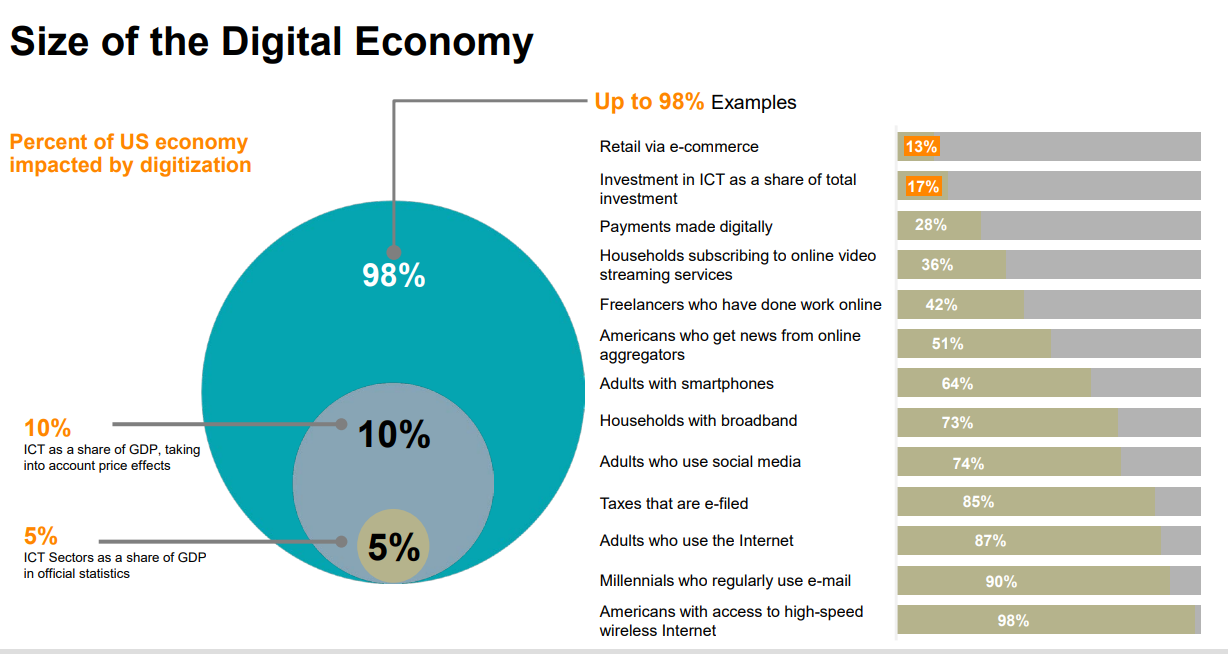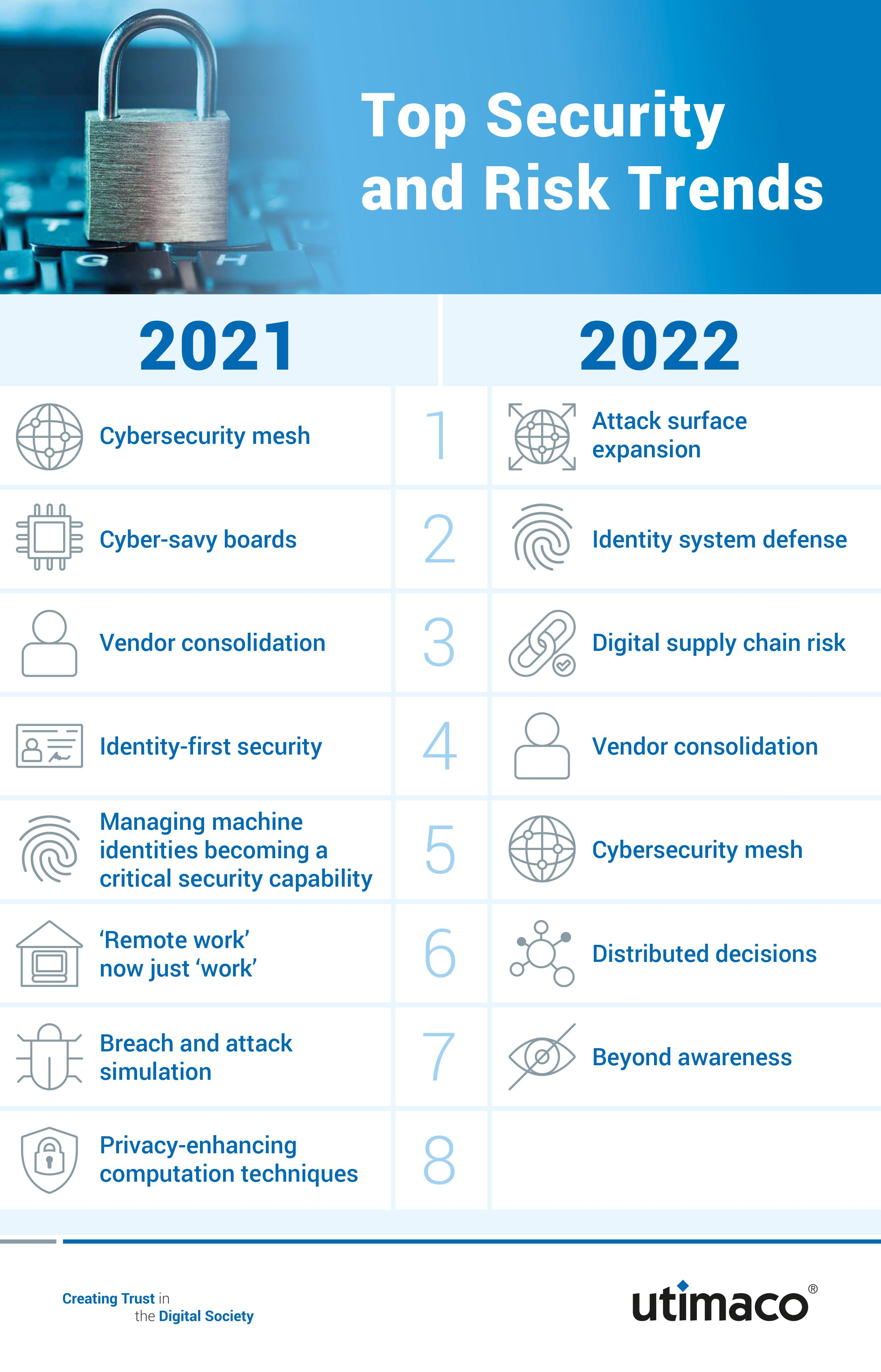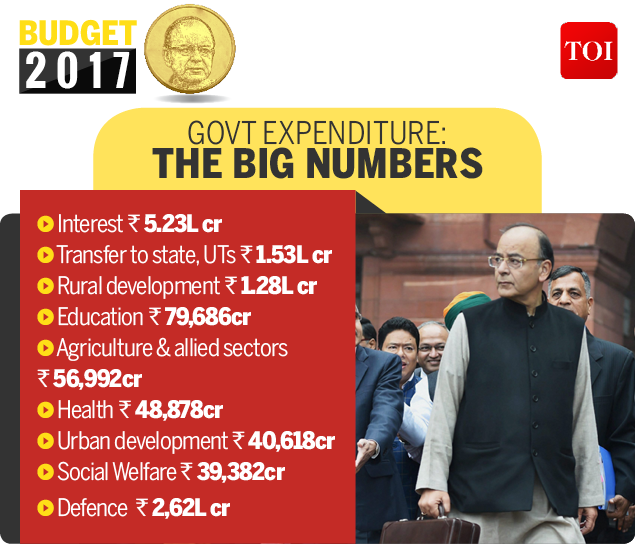The Digital Economy Budget 2017 marked a pivotal moment in India’s financial landscape, emphasizing the government’s commitment to fostering an ecosystem conducive to innovation and growth in the IT sector. As Finance Minister Arun Jaitley unveiled a forward-thinking strategy, the budget highlighted key initiatives such as digital payments and robust cybersecurity measures, aimed at bolstering consumer confidence in an increasingly cashless society. Notably, the provision of tax relief for small and medium enterprises (SMEs) demonstrated a clear intent to empower local businesses, further driving the Startup India initiative. Stakeholders across the IT landscape welcomed the focus on tax reforms, recognizing their potential to stimulate growth and productivity within the sector. This comprehensive approach not only aims to enhance infrastructure but also showcases a vision for a digitally integrated economy that prioritizes security and transparency.
In 2017, the government laid out a transformative budget aimed at steering the financial sector toward a digitally driven future. The strategies encapsulated a variety of essential elements, including the promotion of electronic transactions and initiatives geared towards enhancing cybersecurity, which are crucial for safeguarding consumer interests. By providing substantial fiscal incentives and tax breaks, particularly for SMEs, the budget set the stage for an entrepreneurial surge, supporting independent ventures under programs like Startup India. The proactive measures outlined demonstrate an unwavering commitment to both technological advancement and economic resilience, ensuring a well-rounded digital ecosystem. As India embarks on this digital journey, the strategic focus on building trust in online transactions marks a significant step in reinforcing the overall economic framework.
Overview of the Digital Economy Budget 2017
The Digital Economy Budget 2017 marked a pivotal moment for India’s information technology sector as it signaled the government’s unwavering commitment to propel the nation into a cashless era. With Finance Minister Arun Jaitley at the helm, the budget introduced various initiatives aimed at bolstering digital payments, which are essential for transforming the economic landscape. The focus on digitization through effective tax reforms was complemented by an emphasis on empowering startups and small to medium enterprises (SMEs), underscoring the government’s strategic priorities for enhancing economic growth.
Furthermore, the initiatives outlined in the budget were not just financial commitments but a part of a larger vision to enhance transparency and efficiency within the tax framework. By heralding a new approach to taxation that targets evasion while encouraging compliance through enhanced digital infrastructure, the government has set a foundation for a more robust digital economy. This integrated approach was lauded by industry leaders who see these measures as an opportunity to leverage technology for economic enhancement, especially in the realms of cybersecurity and digital transactions.
Impact of Digital Payments on Economic Growth
Digital payments are central to India’s economic evolution, and the 2017 budget placed significant emphasis on facilitating this transition. The proposal to enhance digital payment platforms was driven by the need to modernize the economy, leveraging technology to minimize cash dependence. Furthermore, measures such as tax breaks for point-of-sale (POS) devices were designed to incentivize adoption among merchants, thereby promoting a comprehensive digital ecosystem across urban and rural landscapes. This shift not only simplifies transactions but also encourages increased consumer spending, ultimately contributing to economic resilience.
The focus on making India a digital payment economy is anticipated to create a ripple effect across various segments. As businesses adopt digital payment solutions, they are likely to experience improved operational efficiency and reduced transaction costs. With the introduction of programs supporting startups and SMEs, there exists an opportunity for these businesses to innovate through technological adoption, ultimately driving job creation. It is this crossroad of digital payments and economic growth that holds the promise for forging a future where e-commerce and cashless transactions dominate.
Cybersecurity Initiatives in the 2017 Budget
In light of rising cyber threats, 2017’s budget showcased a pivotal commitment to cybersecurity through the establishment of a dedicated Computer Emergency Response Team (CERT) designed to protect financial transactions. Emphasizing the importance of a secure digital environment, Finance Minister Arun Jaitley outlined strategies to curb cyber fraud, which is crucial for maintaining consumer trust as India embraces a more digitalized economy. This holistic approach underscores the government’s recognition of cybersecurity as an integral component of its digital initiatives.
Industry leaders echoed the importance of robust cybersecurity measures, highlighting that the establishment of CERT is a significant step towards safeguarding the financial sector. Experts like Sanjay Rohatgi of Symantec stressed that the budget’s allocation towards enhancing digital infrastructure must also consider substantial investments in cybersecurity initiatives. Addressing vulnerabilities through public-private partnerships will be vital in reinforcing the security framework and protecting sensitive information, setting a precedent for future digital projects.
Tax Relief Measures and Their Implications for SMEs
The 2017 budget’s focus on tax relief for small and medium enterprises (SMEs) represents a critical measure to foster growth and innovation within an essential sector of the economy. By providing substantial tax breaks for SMEs with annual turnovers reaching up to INR 50 crores, the government has significantly lowered the fiscal burden on these enterprises, enabling them to redirect savings into capital expenditure and workforce expansion. This proactive approach not only supports job creation but also facilitates a strategic shift towards embracing digitalization.
Ajay Singh, a business expert, noted that this tax relief is expected to enhance SMEs’ participation in the digital economy and stimulate investments in new technologies. The initiative aligns with the Startup India initiative, encapsulating the government’s vision for a more inclusive economic framework that acknowledges the role of SMEs in national growth. In essence, the budget’s endeavors to ease the taxload on these businesses aim to create an environment ripe for innovation and sustainable economic development.
The Startup India Initiative and Budget 2017
Launched with a mission to empower entrepreneurs, the Startup India initiative received a boost from the 2017 budget through the introduction of tax holidays for qualifying startups for a block of seven years. This fiscal advantage is designed to incentivize innovation and create a nurturing environment for new businesses exploring diverse sectors. Additionally, lower tax rates for prescribed revenues further encourage startups to engage in consistent and scalable business practices, thereby enhancing their contributions to the digital economy.
Investment in startups is crucial for increasing the overall entrepreneurial landscape in India, as these entities are vital for economic diversification and employment generation. The budget’s provision for a three-year tax holiday for eligible startups is expected to significantly reduce financial burdens during the formative years, allowing them to focus on growth and innovation. With the backing of initiatives like Startup India, the potential for job creation and technological advancements in the IT sector could be immense, reinforcing the importance of supporting nascent businesses.
Transparency and Accountability in Taxation
The 2017 budget introduced significant changes aimed at enhancing transparency and accountability in taxation, reflecting the government’s commitment to reforming India’s fiscal landscape. By adopting data-driven approaches to tax administration—such as leveraging data mining and analytics—the government is prioritizing the widening of the tax base while minimizing evasion. This shift signifies a crucial step towards transitioning from a cash-centric economy to a digital economy, reinforcing the overall initiative for greater fiscal integrity.
Industry experts believe that such transparency is essential for building trust among taxpayers and enhancing compliance rates. The positive feedback from the IT sector regarding these initiatives indicates a strong industry alignment with government efforts to create a more robust multi-faceted economy. This commitment to accountability underscores a broader goal relevant to empowering SMEs and encouraging a proactive approach, which is pivotal for sustainable economic development.
The Future of Digital Economy and Infrastructure
The outlook for India’s digital economy post-2017 budget appears promising as the government amplifies its investment in digital infrastructure. This initiative is designed to create a comprehensive framework that supports digital transactions across various sectors—an imperative for enhancing economic efficiency in a cashless society. The emphasis on addressing rural-urban divides in technology access reveals a commitment to inclusivity, and in turn, fosters broader economic participation that could lead to significant growth.
Moreover, as more public and private sector stakeholders engage in the digital economy, an increased focus on infrastructure will likely contribute to the sector’s scalability. Industry leaders in the IT space anticipate that ongoing investments in cybersecurity and digital technologies will solidify India’s position as a global hub for innovation. As the country steers towards deeper digitization, addressing infrastructure challenges will be paramount to ensuring the digital economy’s effectiveness and resilience.
Navigating the Cybersecurity Landscape Post-Budget 2017
Following the substantial announcements regarding cybersecurity in the 2017 budget, the focus on establishing CERT highlights a decisive move towards mitigating risks associated with digital fraud. The budget emphasizes the importance of collaboration between government agencies and cybersecurity firms to create a comprehensive protection strategy for sensitive financial transactions. Key industry players advocate for investing in cybersecurity in parallel with advancing digital payments to ensure consumer confidence in the rapidly evolving digital economy.
Additionally, the establishment of cybersecurity frameworks across various industries will require a collaborative effort to share information and enhance response capabilities. With digital transactions projected to expand, the proposed strategies should prioritize an adjustable and proactive approach to security measures. This landscape presents an opportunity for fostering innovative security solutions as sectors converge on shared interests in safeguarding users amidst increasing cyber threats.
Collaboration Between Stakeholders for Enhanced Digital Infrastructure
The drive towards enhancing digital infrastructure cannot be achieved in isolation; it necessitates robust collaboration among government, industry stakeholders, and cybersecurity entities. The 2017 budget underscored the significance of partnerships to facilitate innovative strategies, distribute knowledge, and share best practices to address emerging challenges. For example, allowing cybersecurity firms to participate in discussions about safeguarding sensitive infrastructures establishes a foundation for proactive risk management in digital transactions.
Furthermore, this collaborative model is poised to foster a more cohesive approach to tackling cybersecurity threats. By engaging with various stakeholders, the government can create an environment where technological rules and regulations evolve alongside innovations in digital payments. Holistic partnerships will pave the way for comprehensive policies that not only protect users but also drive user adoption of digital solutions, thereby propelling the digital economy into uncharted territories.
Frequently Asked Questions
What key initiatives were introduced in the Digital Economy Budget 2017 to enhance digital payments?
The Digital Economy Budget 2017 introduced several initiatives to promote digital payments, including new schemes aimed at increasing the adoption of cashless transactions. Finance Minister Arun Jaitley emphasized the government’s commitment to improving digital payment infrastructure and enhancing user awareness about these technologies.
How does the Digital Economy Budget 2017 address cybersecurity initiatives?
The Digital Economy Budget 2017 announced the establishment of a Computer Emergency Response Team (CERT) specifically for the financial sector. This initiative aims to strengthen cybersecurity measures to protect consumers against increasing cyber fraud, thereby ensuring a secure environment for digital transactions.
What tax relief for SMEs was provided in the Digital Economy Budget 2017?
In the Digital Economy Budget 2017, the government extended significant tax relief for small and medium-sized enterprises (SMEs) with an annual turnover of up to Rs. 50 crores. This relief is designed to enable SMEs to reinvest in their businesses, promote job creation, and enhance their digital transformation efforts.
How does the Digital Economy Budget 2017 support the growth of the IT sector?
The Digital Economy Budget 2017 provides support for the IT sector through initiatives aimed at expanding the tax base, reducing tax rates, and promoting transparency. Additionally, it showcases a strong commitment to digitalization, which is expected to spur growth in the IT and technology-driven industries.
What is the impact of the Startup India initiative as highlighted in the Digital Economy Budget 2017?
The Startup India initiative was bolstered by the Digital Economy Budget 2017, which included provisions for a three-year tax holiday for eligible startups in a seven-year block. This move is intended to foster innovation and ease the business environment for startups, encouraging further investments in the digital economy.
In what ways does the Digital Economy Budget 2017 aim to promote the use of cashless transactions?
The Digital Economy Budget 2017 aims to promote cashless transactions through increased investment in digital payment systems and taxation incentives for businesses adopting these technologies. By emphasizing the shift from cash to digital payments, the government seeks to achieve a more efficient and transparent economic framework.
What role does the Digital Economy Budget 2017 foresee for cybersecurity in the growth of the digital economy?
The Digital Economy Budget 2017 recognizes cybersecurity as a crucial component of digital economic growth, evidenced by the establishment of CERT for the financial sector. By enhancing cybersecurity measures, the budget aims to build consumer trust in digital transactions and foster a secure environment for financial interactions.
What were the expectations of IT leaders regarding the Digital Economy Budget 2017?
IT leaders expected the Digital Economy Budget 2017 to address critical issues such as tax relief for SMEs, support for startups, and enhanced cybersecurity measures. They viewed the budget as a pivotal step towards solidifying the digital economy, promoting growth, and facilitating technology adoption across various sectors.
| Key Point | Details |
|---|---|
| Focus on IT Sector | The budget aims to drive growth in the IT industry by promoting new tax proposals and digital payment schemes. |
| Digital Payment Initiatives | Measures like Aadhaar Pay aim to transition India to a cashless economy, enhancing fiscal strength and national growth. |
| Tax Relief for Middle-Class | Tax relief will boost purchasing power, aiding economic growth according to IT leaders. |
| Support for Startups and MSMEs | Significant tax relief for smaller enterprises and a tax holiday for startups to spur innovation. |
| Cybersecurity Enhancements | Creation of a CERT to protect the financial sector from cyber threats, enhancing the overall marketplace security. |
Summary
The Digital Economy Budget 2017 reflects a comprehensive strategy to bolster the information technology sector in India. With initiatives aimed at expanding tax structures, promoting digital payments, supporting startups, and reinforcing cybersecurity measures, the budget outlines a clear vision for digitization. This pivotal emphasis on technology not only aims to enhance transparency and accountability across tax systems but also to facilitate economic growth through increased purchasing power among middle-class taxpayers. Moreover, the government’s commitment to establishing robust digital infrastructures and a dedicated cybersecurity framework indicates a progressive approach toward achieving a fully digital economy. Overall, the budget represents a strategic framework to empower India’s digital journey, aligning with its vision of a digitally empowered society.



